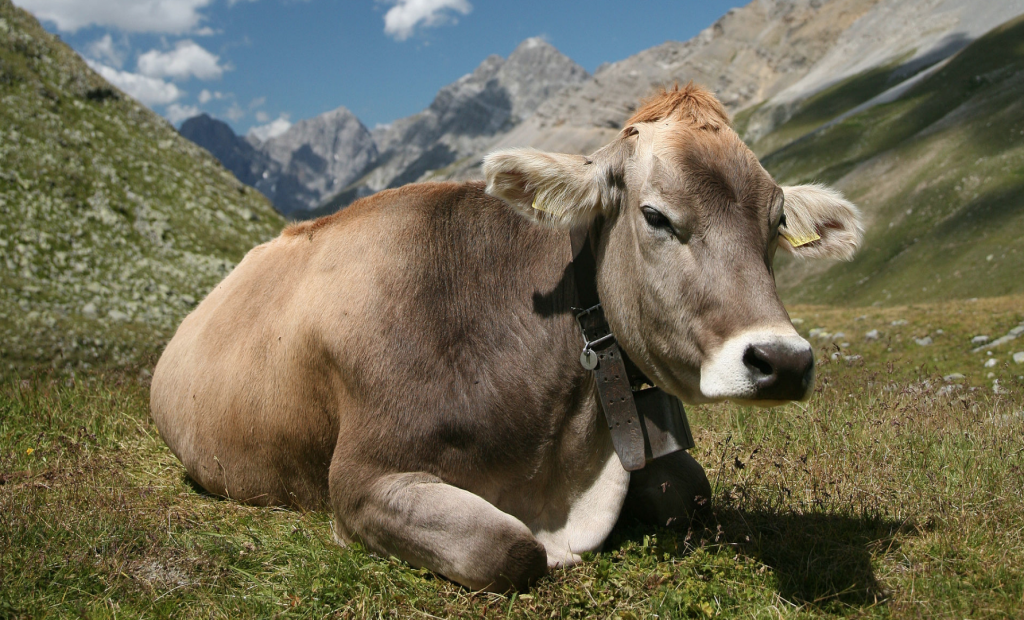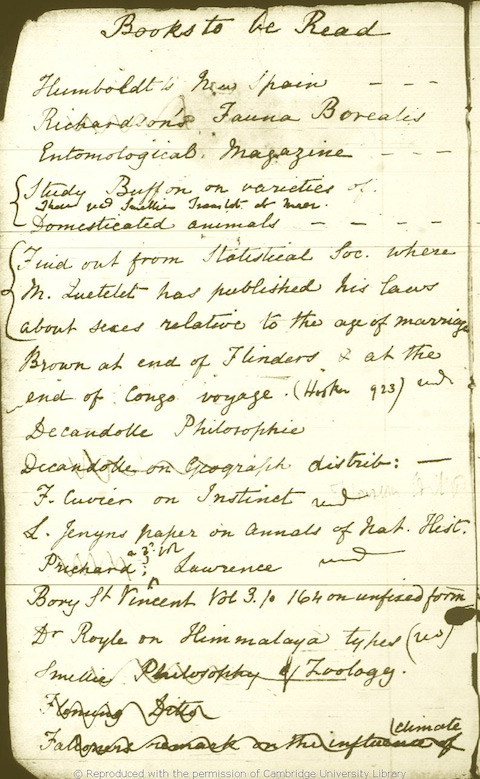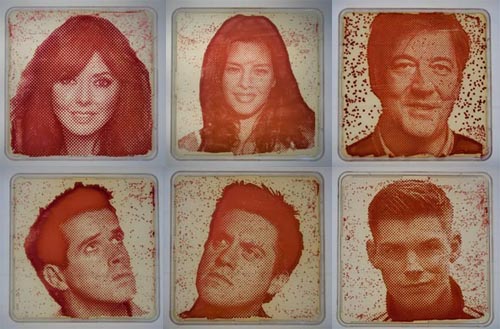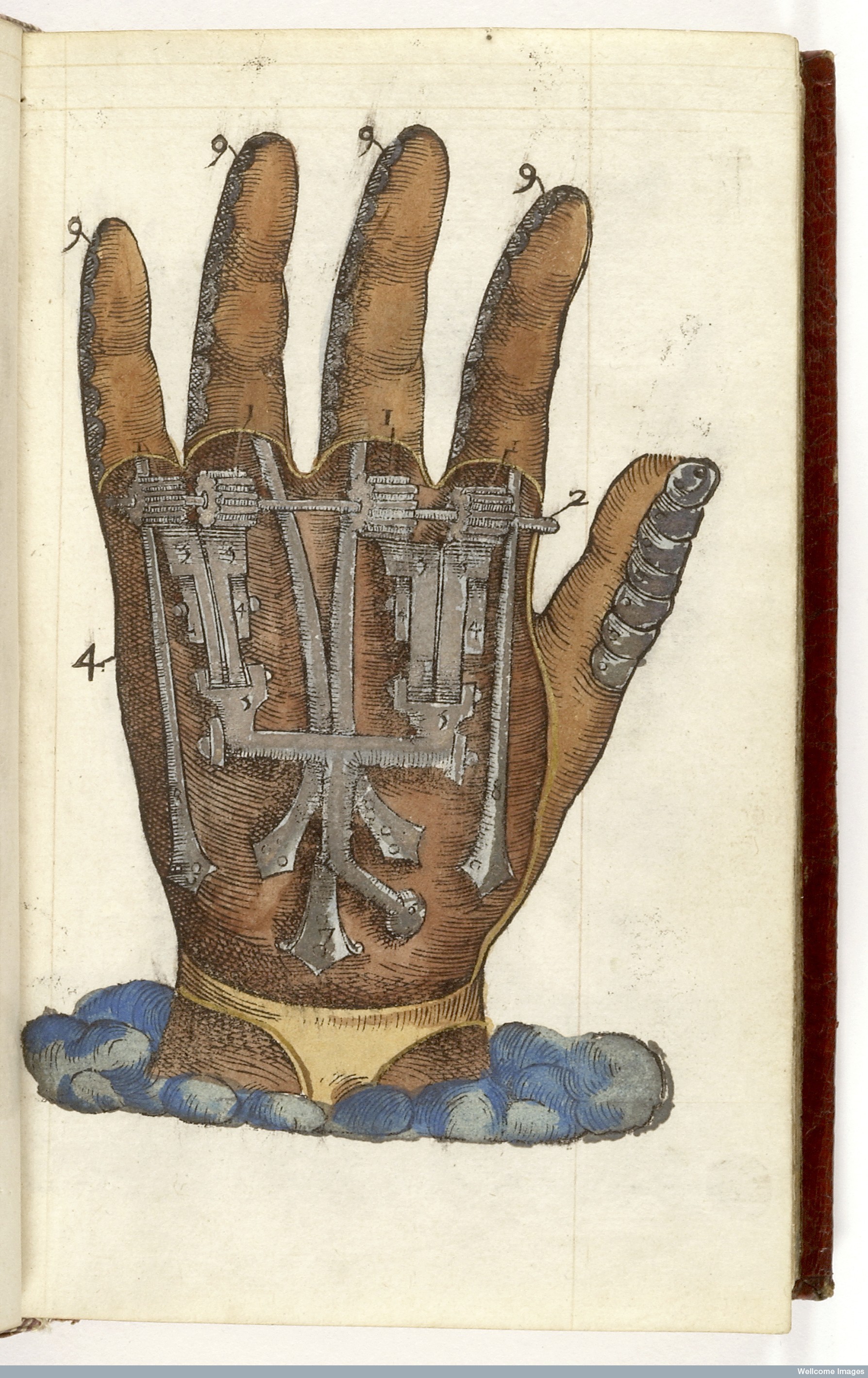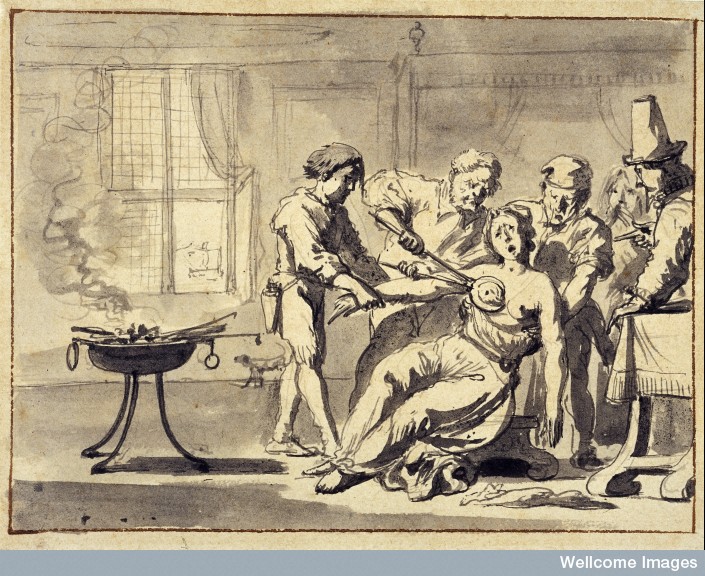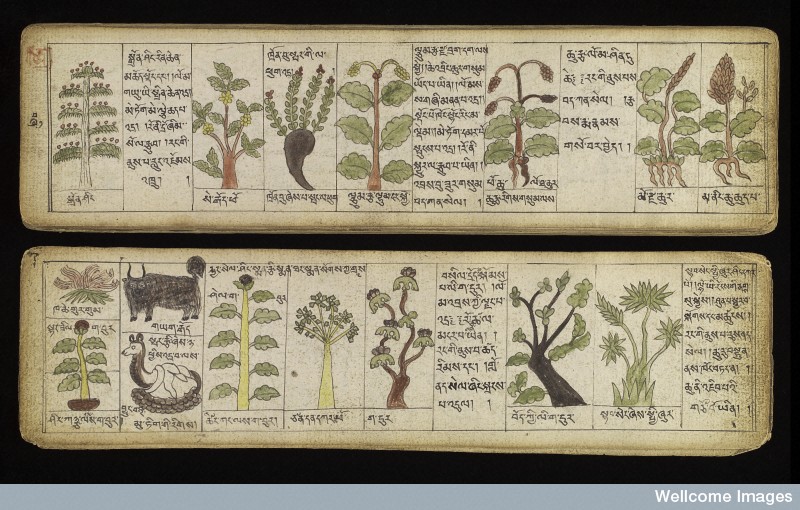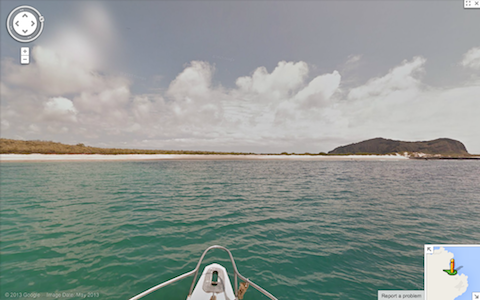There’s a rapacious, run-amok energy to Italian street artist Blu’s stop motion animation, “BIG BANG BIG BOOM.” However long it took him, assisted by a slew of local artists, to render a host of painted large-scale characters across a primarily industrial landscape in Argentina and Uruguay, it takes less than ten, gloriously gritty minutes for his just-dawned world to destroy itself.
This is evolution at its most apocryphal (and least scientific). Crustaceans and giant lizards who mere decades ago would have terrorized the streets of Tokyo are here no match for man. In fact, man is no match for man, rapidly engineering his own demise as he chases about an appropriately circular, abandoned-looking silo.
The necessary demise of his murals—animation frames, if you like—serves as a nifty reminder of the evolutionary fate of most street art. A Banksy carefully preserved beneath Plexi is the exception, and even that is no guarantee of permanence. Case in point, New York City’s legendary “institute of higher burning,” 5 Pointz, whose 200,000-square-feet were recently whitewashed into nothingness overnight.
Boom indeed.
Related Content:
Banksy Creates a Tiny Replica of The Great Sphinx Of Giza In Queens
Obey the Giant: Short Film Presents the True Story of Shepard Fairey’s First Act of Street Art
Artists Paint Paris, Berlin and London with High-Tech Video Graffiti
Ayun Halliday is an author, illustrator, and Chief Primatologist of the long running zine, The East Village Inky. Follow her @AyunHalliday
